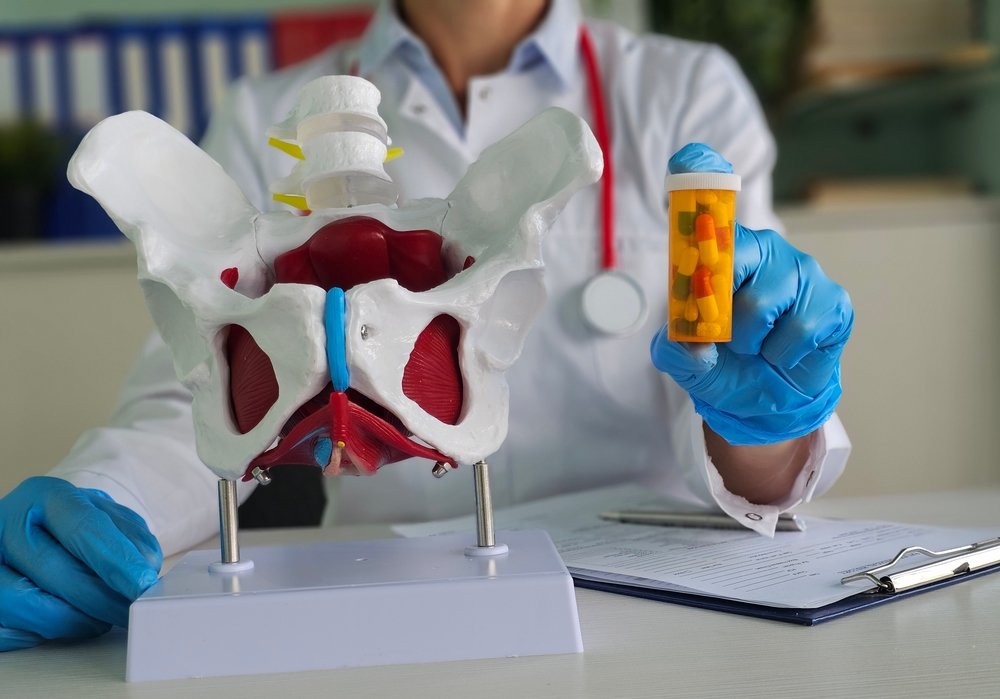
What You Need to Know About Pelvic Inflammatory Disease (PID)
Pelvic Inflammatory Disease (PID) is an infection that affects the female reproductive organs, including the uterus, fallopian tubes, and ovaries.
It usually develops when bacteria from the vagina—often those linked to sexually transmitted infections (STIs)—travel upward into the reproductive tract.
Dr. Dipti Gadge, gynecologist and women's health expert, stresses that early diagnosis and treatment are crucial to avoid long-term complications like infertility or chronic pelvic pain.
What Makes PID Tricky?
One of the most concerning aspects of PID is that it can be silent. Many women experience no symptoms or only mild discomfort, which means the infection may go unnoticed until it leads to serious reproductive health issues.
Common Signs and Symptoms
While symptoms can vary from person to person, some of the most commonly reported include:
- Pain in the lower abdomen or pelvic area (mild to severe)
- Unusual vaginal discharge, often with a foul smell
- Bleeding between periods or after intercourse
- Painful urination or frequent urges to urinate
- Discomfort or pain during sex
- Fever and chills
When to Seek Medical Help
If you notice any of the following, prompt medical attention is essential:
- Sharp or persistent lower abdominal pain
- Nausea or vomiting, especially if you can't keep fluids down
- Fever above 101°F (38.3°C)
- Foul-smelling vaginal discharge
Even if your symptoms are mild, don't ignore them. Vaginal discharge with odor, unusual bleeding, or burning during urination could signal a sexually transmitted infection—and if left untreated, this can lead to PID.
